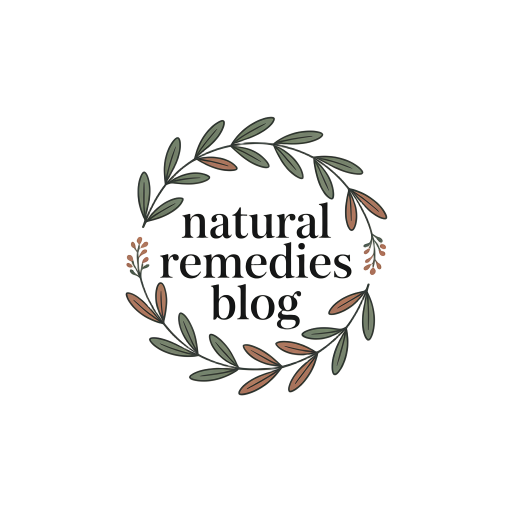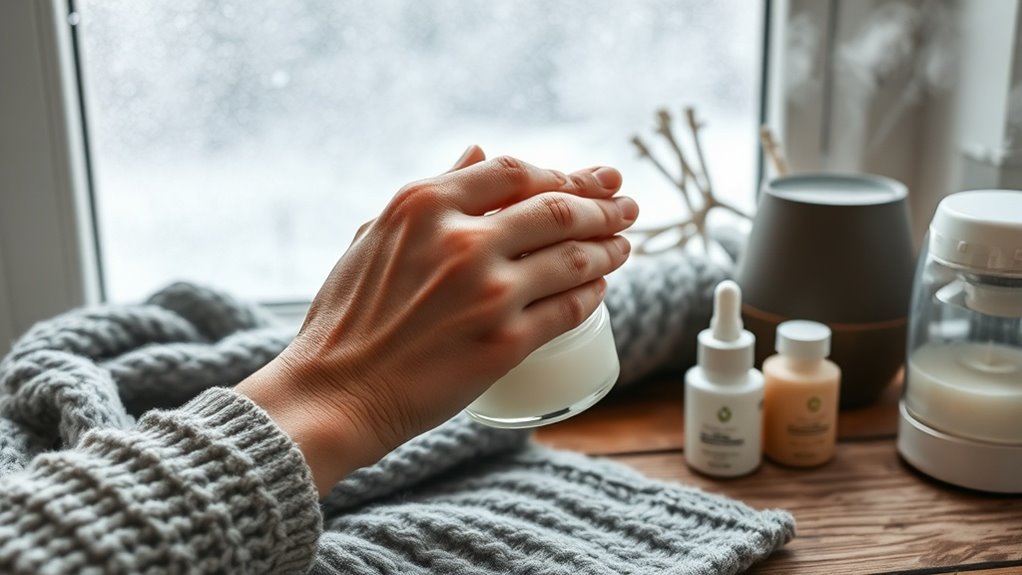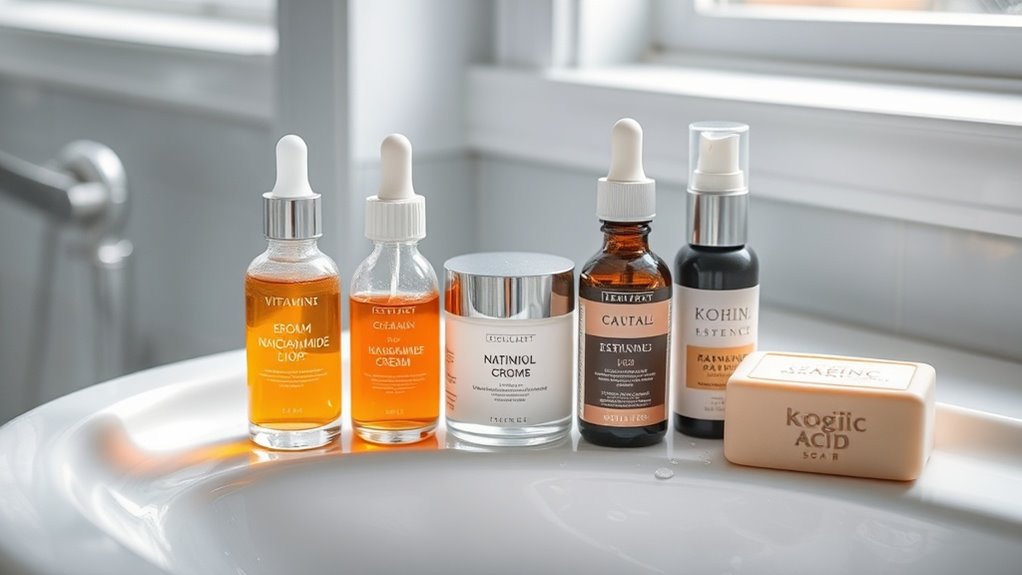Hand, Foot, and Mouth Disease Remedies Moms Use
Just as a skilled navigator charts a course through stormy waters, you’ll need a reliable plan when your child develops Hand, Foot, and Mouth Disease (HFMD). The telltale signs – fever, rash, and mouth sores – can leave even experienced parents feeling overwhelmed. While this common viral infection typically resolves on its own within 7-10 days, you don’t have to watch your little one suffer. There’s a wealth of proven home remedies that can ease your child’s discomfort.
Understanding Hand, Foot, and Mouth Disease Symptoms
Although hand, foot, and mouth disease (HFMD) primarily affects young children, it can occur at any age.
You’ll typically notice the first symptoms 3-6 days after exposure, beginning with fever, sore throat, and decreased appetite.
These initial signs often precede the characteristic rash.
The telltale rash appears as painful sores in the mouth and red spots on the palms, feet, and buttocks.
While exploring hand foot and mouth disease remedies, it’s essential to first identify these symptoms correctly.
You might also observe irritability, drooling in young children, and general discomfort as the condition progresses.
Natural Cooling Foods and Drinks for Relief
Since HFMD sores can make eating and drinking painful, choosing the right foods and beverages is essential for maintaining comfort and hydration.
You’ll want to focus on cool, non-acidic options that won’t irritate mouth sores. Cold milk, yogurt smoothies, and ice cream can provide soothing relief while delivering necessary calories and nutrients.
Frozen fruit pops, chilled watermelon, and cold cucumber slices offer invigorating hydration. Cold water and coconut water help maintain fluid balance.
Avoid citrus fruits, tomato-based foods, and carbonated drinks that can sting sores.
You’ll also want to skip hot beverages and spicy foods until symptoms improve.
Soothing Bath Solutions and Skin Care
While managing HFMD symptoms through diet is important, proper skin care can greatly reduce discomfort from rashes and blisters.
Add colloidal oatmeal or baking soda to lukewarm baths to soothe irritated skin. Limit bath time to 10 minutes to prevent skin from drying out. After bathing, apply calamine lotion to affected areas to relieve itching.
For hand lesions, use gentle, fragrance-free moisturizers after washing. Keep fingernails trimmed and clean to prevent bacterial infection from scratching.
Don’t pop blisters, as this can worsen infection risk. Change bedding daily and use soft cotton fabrics to minimize skin irritation. Incorporating saline solutions as part of a holistic approach can further enhance skin comfort during recovery.
Pain Management Tips for Comfort
Because pain from HFMD sores can be intense, several medication options can help manage discomfort. Over-the-counter acetaminophen or ibuprofen can reduce fever and alleviate pain. Follow age-appropriate dosing guidelines carefully.
For mouth sores, topical oral medications containing benzocaine offer temporary relief. You’ll want to avoid acidic foods and drinks that can irritate the sores. Consider sucking on ice chips or popsicles to numb affected areas.
Magic mouthwash, a prescription mixture containing antihistamine and coating agents, can ease oral discomfort. Maintaining hydration is essential in supporting overall recovery during this time.
For skin lesions, calamine lotion provides itch relief. Always consult your healthcare provider before using any medications.
Preventing Spread Within the Family
As HFMD spreads easily through close contact, families must implement strict hygiene protocols to protect other household members.
The virus can remain active on surfaces for days and transmit through saliva, fluid from blisters, and fecal matter.
-
Designate separate utensils, towels, and bedding for the infected person; wash these items in hot water with detergent immediately after use.
-
Install hand sanitizing stations throughout your home, especially near bathrooms and the kitchen.
-
Clean high-touch surfaces twice daily with a diluted bleach solution, including doorknobs, light switches, toys, and electronic devices.
When to Seek Medical Attention
Most cases of Hand, Foot, and Mouth Disease resolve without complications, but certain symptoms warrant immediate medical evaluation.
You should seek urgent care if your child shows signs of dehydration, such as decreased urination or lethargy.
Contact your doctor if your child’s fever exceeds 102°F or lasts more than three days. Other concerning symptoms include severe throat pain that prevents drinking, unusual drowsiness, or irritability.
Seek emergency care if you notice neurological symptoms like seizures, neck stiffness, or severe headache.
Don’t delay medical attention if skin lesions become infected or show signs of bacterial superinfection.
Recovery Support and Aftercare
While Hand, Foot, and Mouth Disease typically resolves within 7-10 days, proper aftercare can speed recovery and prevent complications. Focus on maintaining proper hygiene and supporting your child’s immune system during the recovery phase.
-
Keep your child’s skin clean and dry, particularly the affected areas, and change bedding daily to prevent secondary bacterial infections.
-
Monitor your child’s temperature and maintain good oral hydration with cool liquids, especially if mouth sores are present.
-
Apply calamine lotion to itchy rashes and make certain your child’s fingernails are trimmed to minimize scratching and potential scarring.




